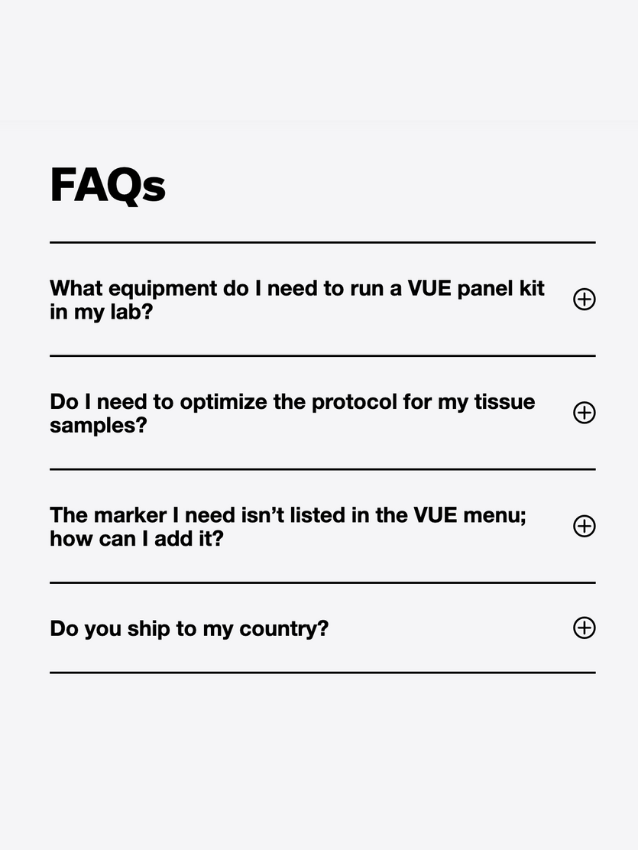

Troy Bloom
Senior Field Application Scientist, Ultivue
Spatially defining the future of cancer biology with advanced multiplexed immunofluorescence
30 minutes
Relevant for
InSituPlex
Description Immunotherapy has transformed the treatment of metastatic and recurrent solid tumors. Advances in technology in the past few years have created unprecedented opportunities to identify biomarkers of disease processes, especially by using multi-omics technologies and datasets to derive valid and useful signatures of disease. Despite these advances, today only a minority of patients respond to immunotherapies. Prediction of response to therapies such as checkpoint inhibitors that rely on activation of endogenous immune responses has been shown to be especially difficult due to complex and heterogeneous immune escape mechanisms in each patient. Increasing evidence suggests that measurement of robust biomarkers through spatial analysis of the tissue will be key to enable rational patient selection for an improved clinical trial process and design precise combination therapies. The urgency to discover and implement new biomarkers lays bare the need to integrate a variety of advanced tools to probe the dynamic nature of events happening in the tumor microenvironment (TME). Recently, technology updates integrating the use of multiplex immunohistochemistry/immunofluorescence (mIHC/IF) provides much needed insight into cellular composition, cellular functions, and cell-cell interactions. Importantly, recent studies have used mIHC/IF to explore specific immune cells as part of the tumor immune microenvironment (TME) and found that it is helpful for clinical prognosis and efficacy prediction in patients with cancer. In this presentation we will show a streamlined unique workflow supporting whole slide imaging of an 8-plex mIF and traditional same slide H&E fusion on a single tissue slide for a comprehensive tissue immunophenotyping analysis.
Learning Objectives
Meet the host
Troy is an experienced analytical histotechnologist with expertise in histology, immunohistochemistry, in situ hybridization, digital slide scanning and image analysis within the GLP/GCP and pre-clinical environments along with a strong multidisciplinary CDx and research experience in models of oncology and autoimmune diseases.







